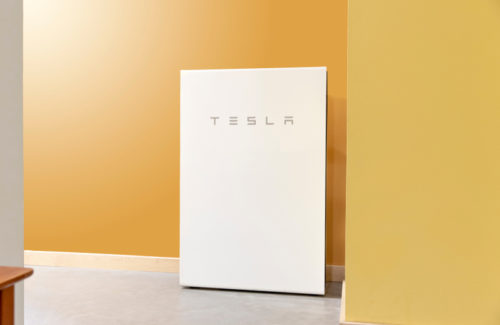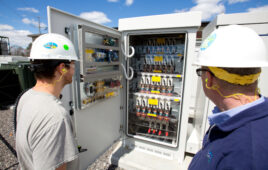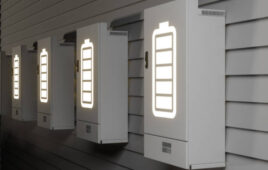The California Public Utilities Commission (CPUC) recently created new programs to reduce energy demand and increase energy supply during critical hours on the state’s grid. These decisions were made in response to Gov. Gavin Newsom’s July 2021 Emergency Proclamation urging all state energy agencies to ensure there is adequate electricity to meet demand.
A CPUC analysis found that adding 2,000 to 3,000 MW of new supply resources will help address grid reliability in the most extreme circumstances (wildfires, heatwaves) in 2022 and 2023. To address this shortfall, CPUC announced:
- Compensating Residential Customers to Save Electricity – Adoption of a new program within the Emergency Load Reduction Program (ELRP) that will pay residential customers $2/kWh for reductions in energy use at critical times, with special outreach to low-income customers and customers in disadvantaged communities. This new offering allows residential customers to get paid the same way business customers are paid to reduce energy demand at key times.
- Adjustment and Expansion of Existing Demand Response Programs – Doubling of the compensation rate to customers who save electricity during grid-stressed conditions under the ELRP to $2/kWh for the duration of the ELRP pilot (the ELRP pilot is authorized through 2025). Allows customers with electric vehicles to participate in ELRP by shifting their charging behavior or discharging from the vehicle’s battery. Modifications were also made to enhance participation and performance of other existing demand response programs. These programs provide incentives for commercial and industrial customers to reduce their use of electricity when the grid is stressed.
- New Smart Thermostat Incentive Program – Providing $22.5 million in incentives to install smart thermostats in hot climate zones. The smart thermostats will allow customers to reduce air conditioning usage a few degrees during critical times and get paid for the energy savings, with special protection for low-income customers that qualify for the CPUC’s California Alternate Rates for Energy (CARE) or Family Electric Rate Assistance (FERA) Programs.
- New Energy Efficiency Programs – A new energy efficiency program for the Summers of 2022 and 2023 for rapid deployment of energy savings at peak or net peak times, with payments to consumers made on a performance basis and energy savings measured at the meter; and augmentation of several existing energy efficiency programs that have proven to deliver savings rapidly and reliably.
- New Dynamic Rate Plans – Adoption of two Dynamic Rates pilot programs to test the effectiveness of customer response to electricity rates that change rapidly during grid emergencies. One pilot will shift agricultural water pumping to off-peak times in response to price signals, while the other pilot will test how dynamic rates affect customer end-uses, such as electric vehicle charging.
- Flex Alert – Continuation of the Flex Alert media campaign into 2022 and 2023 to support consumer awareness of the need for electrical load reductions during periods of system stress, and extension of the program’s focus to cover the new residential portion of the ELRP pilot program.
- Microgrids – Up to four new energy storage microgrid projects for San Diego Gas & Electric Company (SDG&E) to provide a total of 160 MWh of capacity to fill electricity shortfalls anticipated in the Summers of 2022 and/or 2023.
- Temporary Generation – Authorization for Pacific Gas and Electric Company (PG&E) to study the possible augmentation of its temporary generation program by identifying sites that can safely interconnect to address system capacity shortfall.
- Increased Overall Demand- and Supply-Side Procurement Requirements for Utilities – To help ensure enough electricity resources are available to serve customers during times of peak and net peak energy use, utilities are directed to procure additional demand and supply-side resources for Summers 2022 and 2023 of 900-1,350 MW each for PG&E and Southern California Edison (SCE), and 200-300 MW for SDG&E (for a total of between 2,000 and 3,000 MW). Existing authorization to procure additional supply-side resources such as storage, imports, and gas plant efficiencies is expanded. The utilities can count procurement under the other programs directed in these proposals toward the targets. This essentially requires the three utilities to establish virtual power plants (VPPs).
News item from CPUC






How much is the cupc going to allow pge to charge us the consumers to implement this? They need to make pge pay for some of these programs. Consumers can’t afford to be charged for all these stupid programs they want, the cupc was orginally set up as a protection agency not as a guarentee for pge to get every rate increase that they request.